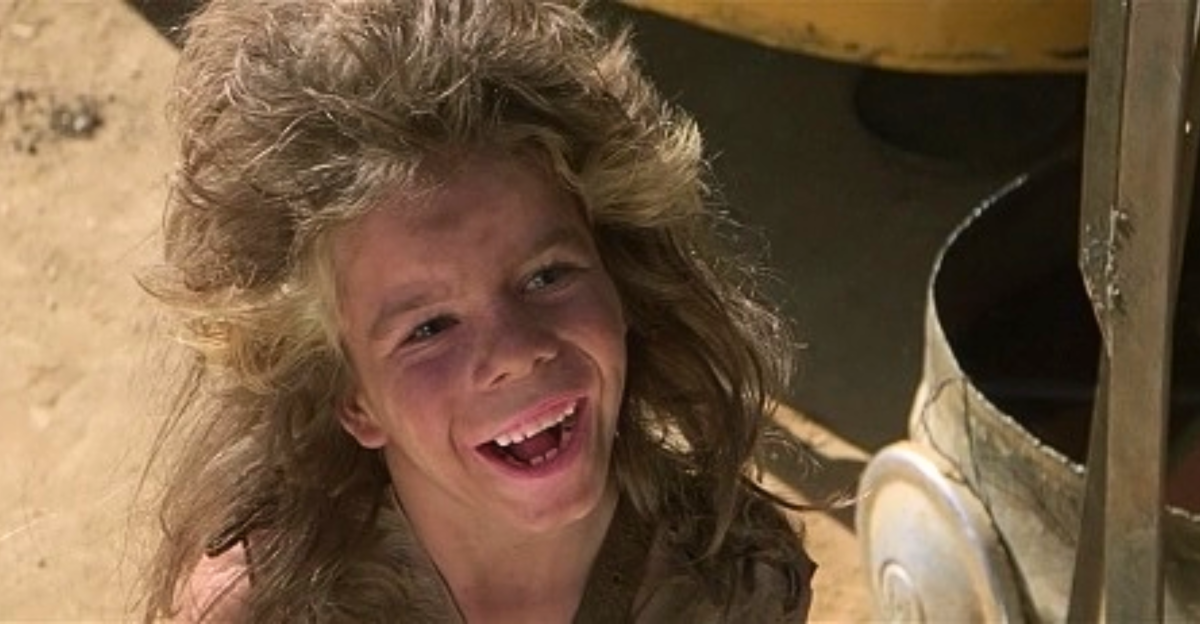
Feral children, often depicted as being raised by wild animals, have long captured the human imagination through myths, folklore, and modern stories for centuries. These children are usually depicted as having childhoods without human parental contact, devoid of socialization, language development, and conventional manners. The concept of the “wild child” has been romanticized in literature and popular culture, symbolizing an uncorrupted connection to nature or an elemental form of humankind. From the legendary Romulus and Remus to literary inventions such as Mowgli and Tarzan, feral children have served as powerful metaphors for the ambiguous relationship between humans and the wild. But beyond fiction, real-life accounts of feral children have emerged throughout history, evoking both fascination and skepticism. This article explores the origin of those stories, notable historical examples, and the reality behind those mysterious stories.
Mythical Origins: Romulus and Remus
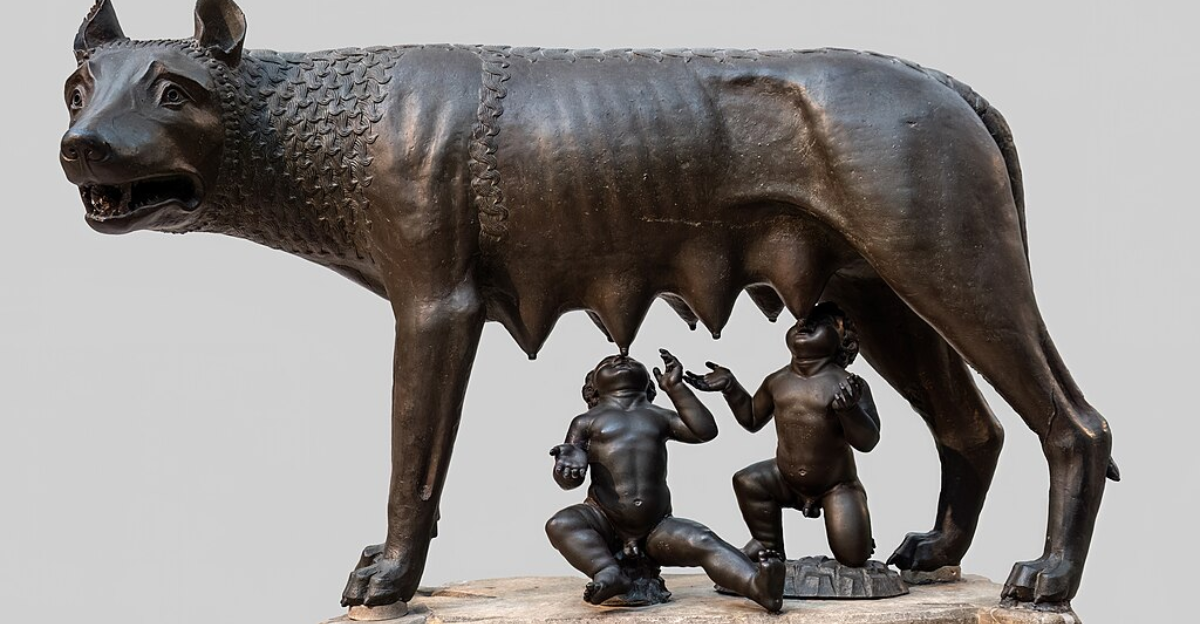
The idea of feral children dates back to ancient mythology. One of the earliest examples is the Roman legend of Romulus and Remus, twin brothers who were abandoned as infants and raised by a she-wolf. This story not only highlights humanity’s fascination with survival in the wilderness but also highlights the symbolic role of animals in nurturing human life. Such myths paved the way for later stories that blurred the lines between human civilization and the animal kingdom.
Romanticized Fiction: Mowgli and Tarzan

The modern conception of feral children gained widespread appeal in literature. Rudyard Kipling’s The Jungle Book (1894) introduced Mowgli, an Indian boy raised by wolves, while Edgar Rice Burroughs’ Tarzan (1912) chronicled the upbringing of a boy raised by African apes. These characters have since become cultural icons, representing themes of resilience, adaptability, and a harmonious existence with nature. Yet these fictional depictions often obscured the brutal realities of real-life feral children.
Historical Accounts: Wild Peter
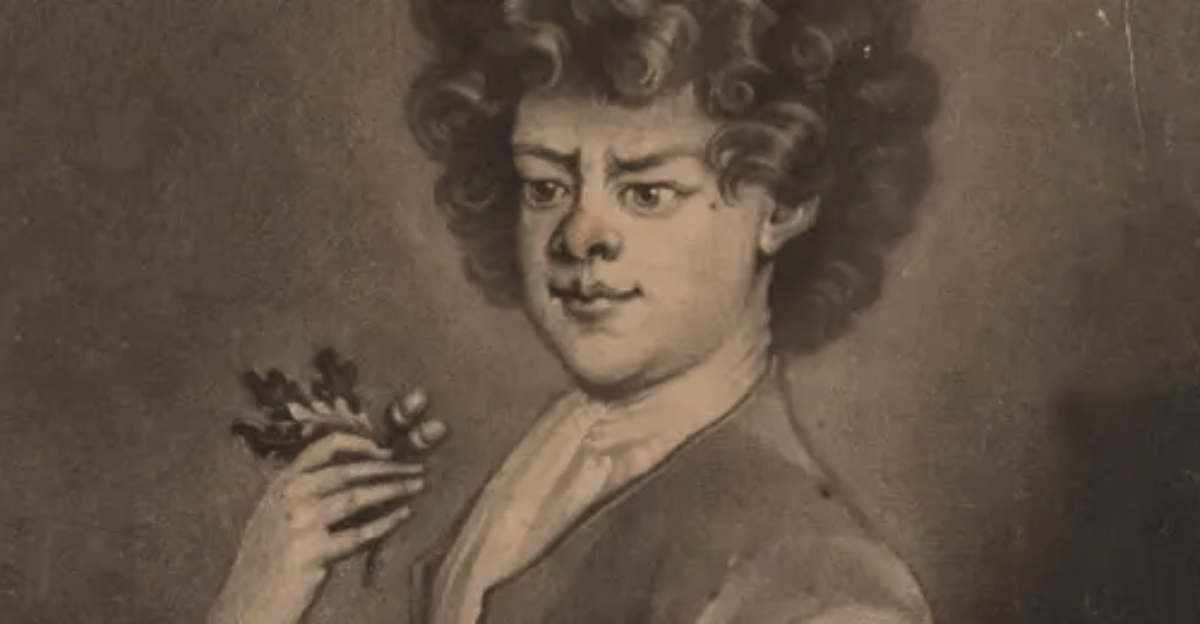
Another early case of a feral child that was captured in 1724 near Hamelin in Germany was called “Wild Peter.” Peter, who was said to have been about 12 years old at the time, was mute and acted like an animal, devouring grass and vegetables. His tale attracted widespread attention, so much so that it even reached King George I of England. Though some regarded him as the embodiment of Rousseau’s “natural man,” subsequent inquiries indicated he had lived among humans before he’d been captured.
The Wolf-Girls: Amala and Kamala

In 1920s India, Reverend J.A.L. Singh reported that he’d found two girls — Amala and Kamala — who had been living among wolves in Bengal. The girls allegedly exhibited wolf-like behaviors, including walking on all fours and howling at the moon. Later, the inquiry discredited many of Singh’s claims as exaggerations or fabrications. Experts determined that the girls most likely had developmental disorders, not an upbringing with wolves.
The Girl Who Was Raised by Dogs: Oksana Malaya
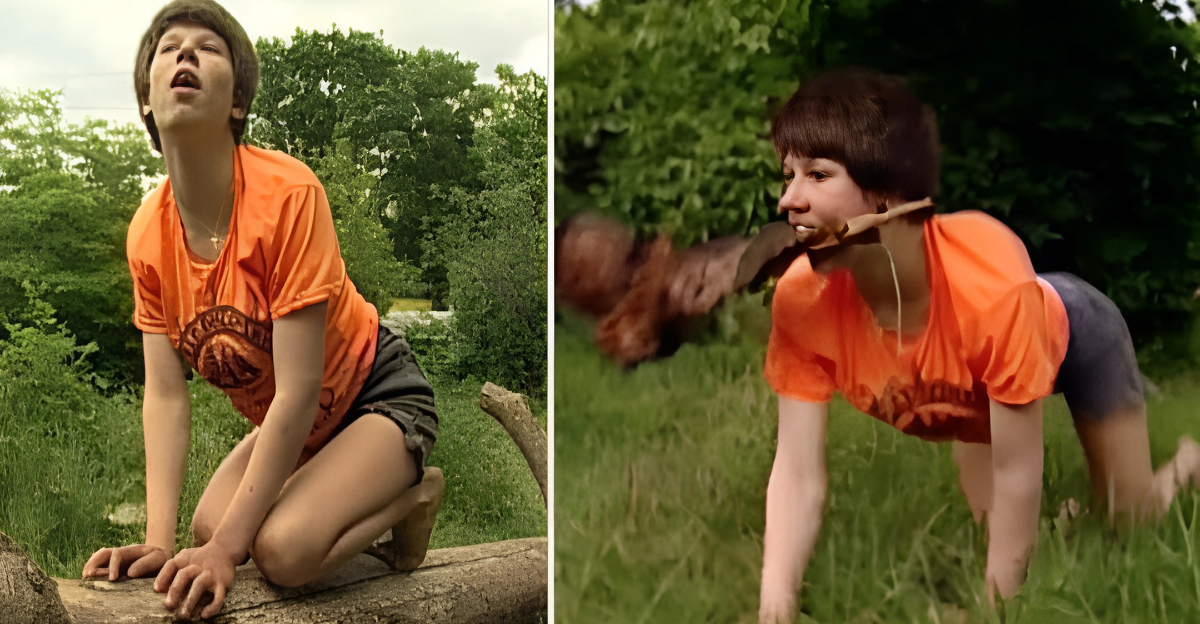
One of the most extraordinary and well-documented cases of a feral child was Oksana Malaya, who was born in Ukraine in 1983. Her alcoholic parents abandoned her when she was just three years old and left her outside in the cold. To keep warm, Oksana crawled into the family dog kennel — where she spent nearly five years living with a pack of stray dogs. Over this period, she took on many dog behaviors, including barking, walking on all fours, and chewing raw meat. When authorities found her at eight years old, she behaved far more like a dog than a human child. Oksana’s social and cognitive development was so severely impaired because of such isolation during her critical formative years. But with a great deal of therapy and help, she slowly began to learn to process words and assimilate into human culture. Her narrative serves as a sobering reminder of the resilience of humans and the far-reaching consequences of early neglect on human development.
Modern Hoaxes: Misha and Ray

Several more recent cases have also been revealed as hoaxes. A Jewish woman’s 1997 memoir, Misha: A Memoir of the Holocaust Years, described how a girl had survived World War II in the wild with a pack of wolves. The tale would turn out to be completely fictional. Similarly, in 2011, a German teenager named Ray surfaced, claiming to have lived alone in a forest for five years; he would later be identified as a Dutchman who fabricated his story.
Scientific Skepticism: The Critical Period Hypothesis
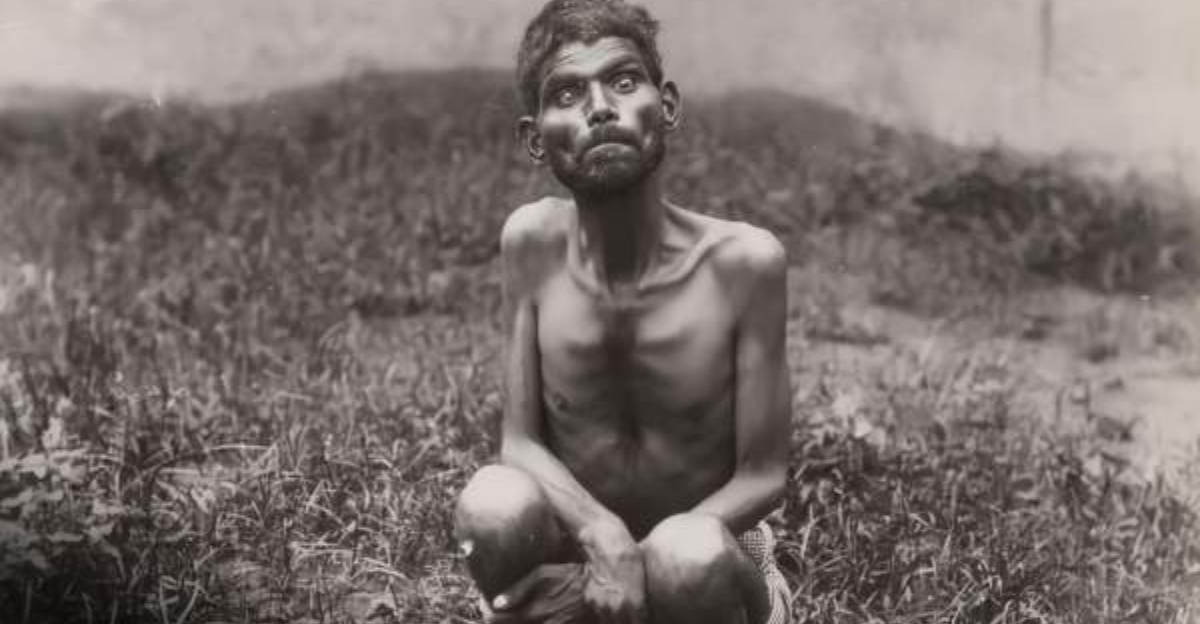
Tales of feral children have been around for centuries, and scientific studies about them focus on their lack of socialization and language development. The Wild Peter case and others support the critical period hypothesis—the theory that there is a limited time frame during which humans can acquire language skills. Once this period passes, if a child has never been exposed to language or social interaction, it becomes almost impossible for him or her to develop these abilities fully.
The Harsh Reality Of Child Abandonment
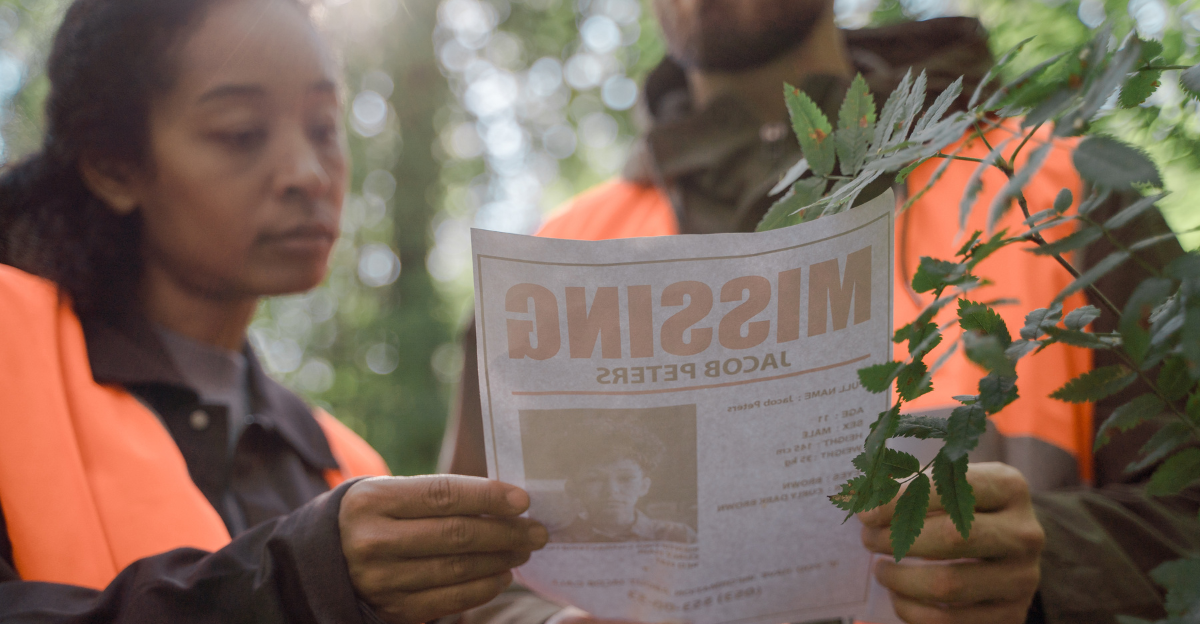
Evidence shows that most children believed to have been raised by animals were, in fact, victims of abandonment or abuse rather than, as their name suggests, being raised in the wild. In some instances, kids included animals in their social circle or even resorted to them for survival after being neglected by human companions. These tragedies reveal more about societal failures than about any innate bond between humans and animals.
Enduring Fascination: Why These Stories Persist
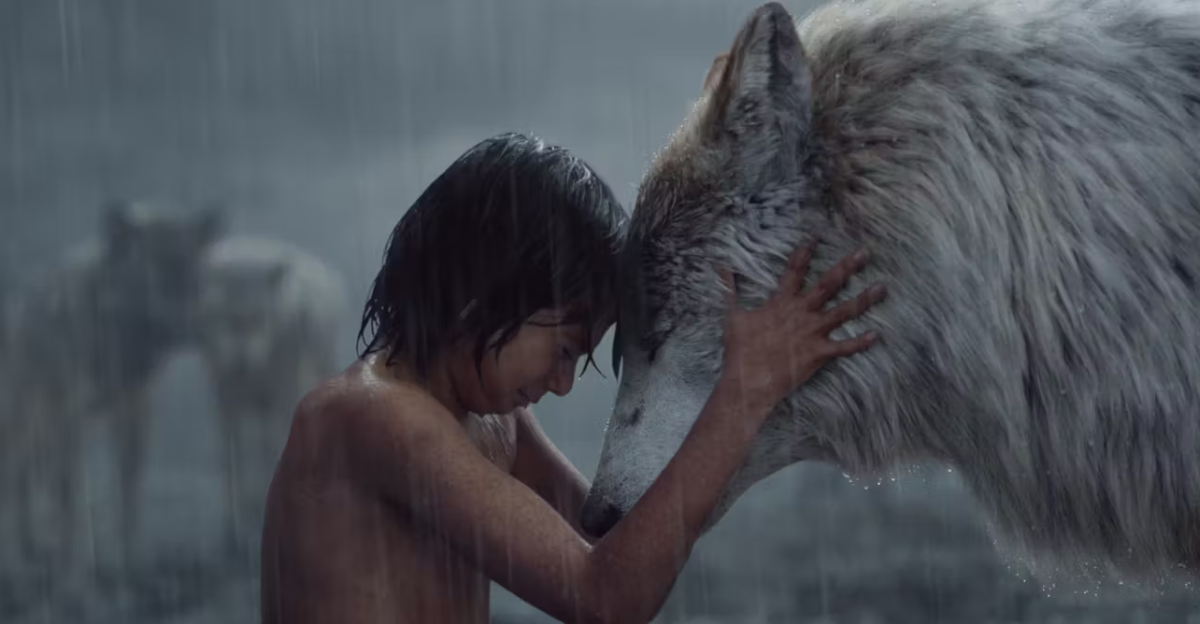
True or embellished stories of feral children continue to fascinate the world, even when they are mostly debunked. They draw on deep-seated fears and fantasies about isolation, survival, and our place in the natural world. They are also cautionary tales about neglect and abuse and offer glimpses into humanity’s primal instincts.
Fact vs. Fiction

The existence of feral children blurs the line between myth and fact. Although most historical accounts are of doubtful authenticity or have been proven to be false, they are persistent symbols of humanity’s struggle to articulate its relation to nature. Whether judged as folklore or science, these tales force us to reassess what it means to be human — and what we owe those of us who are most vulnerable in a world that is unrelenting.
Explore more of our trending stories and hit Follow to keep them coming to your feed!

Don’t miss out on more stories like this! Hit the Follow button at the top of this article to stay updated with the latest news. Share your thoughts in the comments—we’d love to hear from you!







